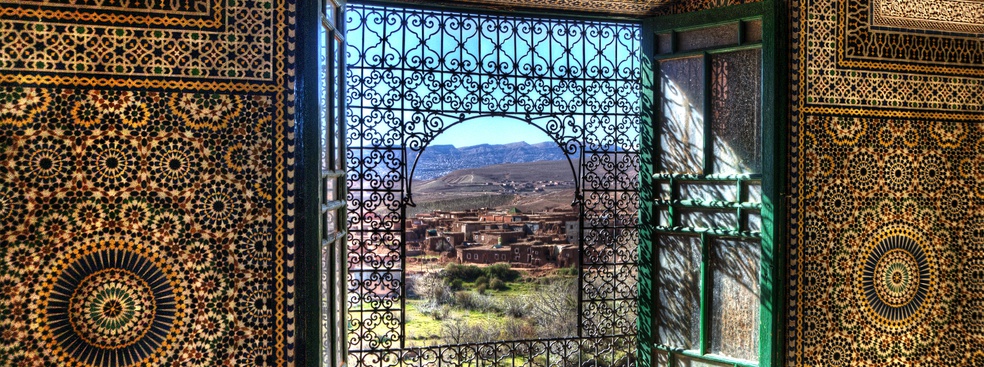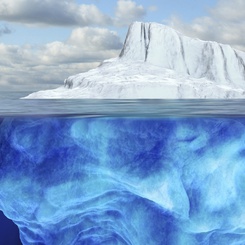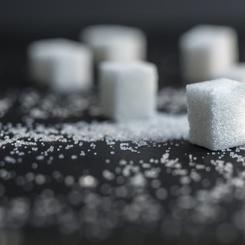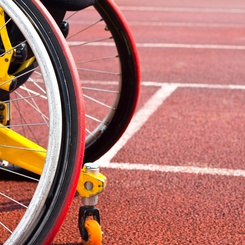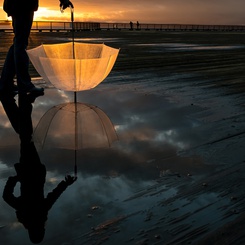While Morocco welcomes the COP 22, Prof. Hamid Bouchikhi of ESSEC Business School puts the spotlight on the efforts of Moroccan firms to improve energy efficiency and diversification.
___
Readers interested in energy issues and the negotiations relating to the reduction of greenhouse gas emissions (GHG), know that the Moroccan government has adopted an ambitious strategy in this field and aspires to produce 42% of its domestic consumption in electricity by 2020 from renewable sources. The achieving of this objective would require massive investment in solar and wind solutions financed by national and international backers, both public and private.
Energetic Morocco
But whereas readers may be informed on national strategy, they probably know less about the efforts undertaken by Moroccan businesses in echo to this strategy. Indeed, this is the subject of this article. Delving into the publications from several large firms and first-hand information, we show that the senior management teams of these companies are conscious of the gravity of the energy question and have undertaken significant initiatives in this field. We will conclude with an invitation to the leaders of these same companies to commit themselves as much, or more, in other areas of sustainable development.
Well-informed readers will forgive us for summarizing, in a few words, the energy stakes for Morocco. The country has very few fossil fuel reserves at its disposition and imports 95% of its consumption – something that weighs heavily on the country’s balance of payments. Moreover, owing to a low-level of industrialization, Morocco consumes little amounts of energy and emits a very weak level of CO2 per inhabitant. However, economic growth, between 3 and 5%, results in a parallel growth in energy needs and therefore C02 emissions. Morocco cannot bear the additional costs and must adapt a voluntarist strategy to reduce its energy dependence and the pressure this causes to its currency reserves. The national strategy, announced by royal discourse in 2009, is built on two pillars: the improvement of energy efficiency in order to minimize consumption, and diversification of the energy mix through developing local production using renewable sources.
A lot of creative energy out there
These two areas of focus can be found, naturally, within the initiatives of the large Moroccan companies. The Office Chérifien des Phosphates (OCP), the largest company in the country, is at the forefront of this movement. Its double role as an operator in an extractive industry characterized by a very strong environmental footprint, and a state owned company subject to an imperative of exemplarity, is probably at the origin of a multi-dimensional policy of sustainable development. No doubt, the personality of its CEO also plays an active part. The OCP publishes a detailed report on its actions in favor of sustainable development where proof of energy efficiency can be seen, notably for example through the transformation of heat generated by electricity transformation units, and the encouragement of renewable energies – as it does in the south in partnership with the specialized operator Nareva which developed a wind farm (Foum El Oued) to supply the OCP.
Lafarge-Holcim Morocco, whose cement plants consume considerable amounts of electricity, is also very involved in the optimization of its consumption and the reduction of CO2 emissions following the example of the parent company whose energy practices are recognized worldwide. In the north of Morocco, Lafarge has built, in its own right, a wind farm, which, after extension, today ensures 60% of the consumption of the Tetouan cement plant. Through partnerships with Nareva in other regions of the country, Lafarge Holcim can now assert that clean energies count for 85% of its electricity consumption.
Renault Morocco, which produces more than 200,000 cars at its Tangiers site, has set up a partnership with Veolia Environnement. On the Renault site, the latter built a hot-water production unit that works via the combustion of olive pomace. The unit generates 18 Mega Watts of electricity, covers 100% of the Renault factory’s needs in hot water, recycles 25,000 tons of biomass and prevents the emission of 25,000 tons of CO2 (2014 figures).
At a more modest scale, two companies deserve a mention. The sugar group, Cosumar, demonstrated creativeness by building a sugar cane pulp boiler which enabled a source of bother and conflict with the local population living nearby its sugar cane processing plant to be resorbed and to supply electricity to a neighboring sugar beet transformation unit. In total, the investment enabled CO2 emissions to be reduced (by 30,000 tons) and savings to be made in the importation of 7,000 tons of coal a year.
The engineers at Lesieur-Cristal have also shown proof of creativity. They designed a recycling process for highly toxic waste generated by the oil refinery activities. The adaption of a steam production boiler to burn toxic waste enabled them in one fell swoop to resolve an environmental problem and further improve the energy efficiency of its industrial process after having innovated a first time round by using olive pomace as a fuel.
Switch off the modesty, turn on the pride
What lessons should be drawn from this review? The first point is that the national strategy of energy efficiency and autonomy is well underway. The main industrial manufacturers in the country, alone or in partnership with energy operators, are making real and sincere efforts to control their consumption of electricity and the development of alternatives to fossil sources. The second conclusion is that it is possible to do good and to do well, at the same time. By investing in energy efficiency and diversification, Moroccan industrial firms reduce their environmental footprint and help their bottom lines. The third conclusion for readers to retain is that these efforts are not promoted enough. Companies publish sustainability reports but they are discreet on communicating their results. The average Moroccan is little conscious of the efforts undertaken by the companies of his country and often continues to see them as having little interest in the common good. This image must be corrected by more communication on the part of firms and greater interest on the part of journalists and observers.
The highlighting of exemplary initiatives is required for two reasons. The first is that smaller and less visible companies have a modest awareness of the stakes in sustainable development. The owner-manager of a small or medium size firm is typically more concerned with the bill than with the negative effects of electricity consumption. Yet, despite a widely held belief in Morocco, the price of electricity is relatively inexpensive in comparison with that of developed countries. Thus, economic incentives alone to virtuous behavior are not enough and must be supplemented by educating users. The second reason is that Morocco lags behind in other spheres of sustainable development such as water, hygiene, chemical pollution, urban pollution, waste management, health, education, etc. Showing that the State and large companies are set to win a big bet in a field which is vital for the country such as energy should encourage Moroccans to pick-up, with equal resolve, other fights that will ensure for themselves and their fellow citizens a better life in a better environment.
